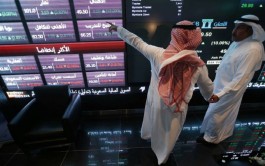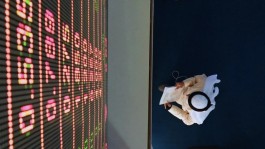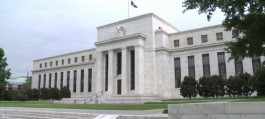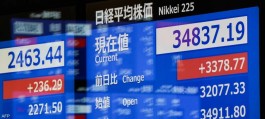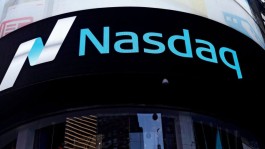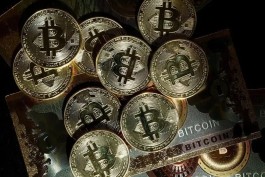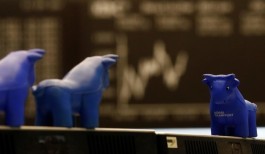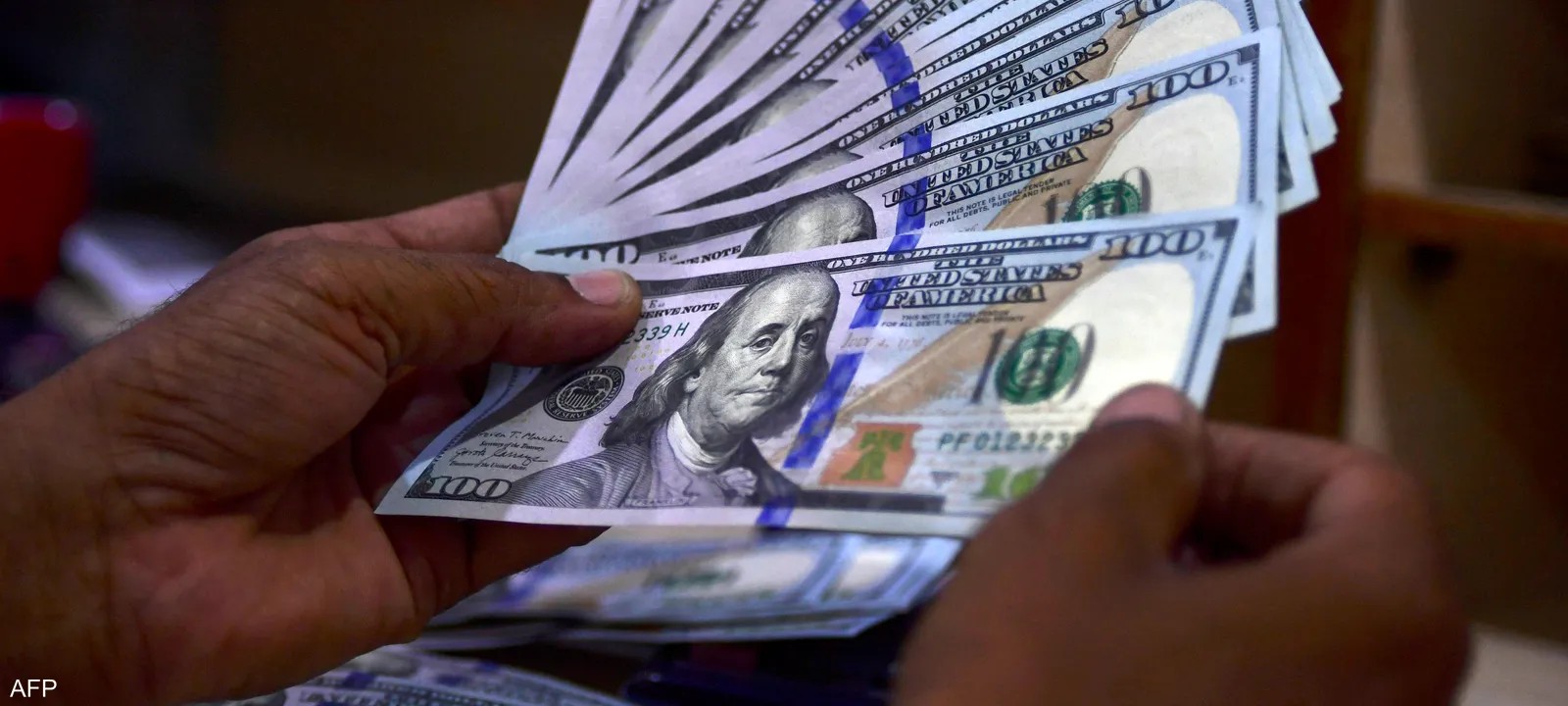The US dollar fell on Monday, holding firm after hitting a near eight-week high last week, while the euro rose despite weak German business sentiment.
At 14:50 Riyadh time, the dollar index, which measures the greenback against a basket of six other currencies, was trading 0.2% lower at 105.56, after touching a high of 105.91 last week.
Dollar Looks to PCE Data for Guidance
The US currency received support last week after stronger-than-expected PMI readings, with a resilient US economy likely creating more room for the Federal Reserve to keep interest rates high.
Traders took some of these gains into the new week, as focus shifted to the release of the Producer Price Index (PPI) data.
Federal Reserve officials have demanded more data showing slowing inflation before agreeing to cut interest rates, and Friday's reading of the Fed's preferred inflation gauge is likely to influence interest rate expectations.
Economists expect the annual growth rate to slow to 2.6% in May. The weak reading is likely to boost bets on a rate cut as early as September, which futures currently point to at 65%, according to the CME Fed Monitor tool.
Euro rebounds despite Ifo reading decline
The euro-dollar pair rose 0.2% to 1.0718, rebounding from recent losses despite German business sentiment falling unexpectedly in June.
The Ifo institute said its business climate index fell to 88.6 in June from 89.3 in May, compared with expectations for a reading of 89.7.
Ifo Institute President Clemens Fuest said: The German economy is having difficulty overcoming the recession.
The single currency has fallen more than 1% this month after the right-wing performed well in European Parliament elections earlier in June, prompting French President Emmanuel Macron to call for early elections.
Also, the GBP/USD pair rose 0.1% to 1.2659, with the pound stabilizing after falling to a five-week low following the latest Bank of England policy meeting report.
The Bank of England left interest rates unchanged, but some policymakers said the decision not to cut was carefully balanced, raising expectations that policymakers will agree to a cut when they meet at their next meeting in early August.
“Markets remain hesitant about the August move (14bps priced in) and, in our view, also remain very conservative about total easing this year with 47bps versus our call for 75bps,” ING analysts said in a note.
Our hawkish view on the Bank of England means a bearish call on the pound this summer. We could also see some negative ramifications for the pound from the UK election (July 4), where Labour is widely expected to win a landslide – but a good result from the hardline populist Reform Party could lead to some market jitters.
Yen falls, sparking talk of intervention
In Asia, the Japanese yen/US dollar pair was trading down 0.1% at 159.68, retreating after the pair rose to 159.94 in early trading on Monday, its highest since April 29, when it hit a 34-year high of 160.245, leading Japanese authorities to spend nearly 9.8 trillion yen to support the currency.
The yen's recent weakness has prompted warnings from several senior Japanese officials about further intervention, with the country's chief currency diplomat Masato Kanda saying the government would intervene 24 hours a day if necessary.
The Chinese Yuan/US Dollar currency pair also rose to 7.2618, trading in a very tight range as the yuan approached its lowest levels in seven months, affected by concerns about the weakness of the world's second-largest economy.















